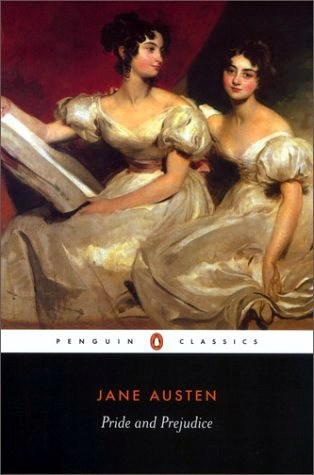I think i'm going to fail art this term. My assignment sucks pretty bad and I haven't finished my sureallistic drawing...
Have a sqiz...
Head Over Heels
Appraising Assignment.
Art, Term 4 2009
The clothing or costume an artist chooses for his subject matter can say a great deal about the person or persons. It can tell the viewer about the culture, the society, the time in history, the religion, the occupation, even the social status of the person in the artwork. An artwork which supports this argument is ‘The Arnolfini Portrait.’ The Arnolfini Portrait was painted by Jan Van Eyck. Van Eyck was from Masseik (Belgium) and was born in the 1390s and died in 1441. He was part of the art movement, the northern renaissance. The Arnolfini Portrait was painted with oil paints on oak in 1434.
The artwork is of two people, Giovanni and his wife. At first she appears to be pregnant. This is a misconception and the woman is just holding her full-skirted dress in the contemporary fashion. The couple are holding hands and the man has his right hand extended. There is a dog at their feet; beside them is a pair of odd looking shoes that were popular in Europe in the 1400s. In the background there is a mirror that shows two figures in the doorway. One may be the painter himself; Arnolfini raises his right hand as he faces them, perhaps in greeting. Above the mirror there is an ornate signature that translates into ‘Jan Van Eyck was here 1434’.Both persons are wearing clothing that was popular for upper class citizens in Europe in the 1400s.
The technique that Van Eyck has used to create the artwork is brush to apply paint. This was done with tightly controlled strokes as to make it more realistic and detailed. Using tightly controlled strokes, he has created a realistic painting showing different effects with light and shading.
Colours are a big part within a painting. Colours that are mainly used in this artwork are red some of the furnishing, green for the woman’s dress, navy for the Giovanni’s clothing and also greys, black and browns. These give contrast to each other and draw the eye to different sections of the piece.
Lines express emotion, show direction and create different effects in works of art. In the painting of Arnolfini and his Wife, Van Eyck has used delicate, lines to create effective detail.
Using space makes objects appear closer or further away, it gives perspective and gives you a sense of confusion or openness. As for Arnolfini and his Wife the artwork makes you feel quite cluttered. The artist has positioned the objects close together and has also varied the size of the objects making them look further away or closer.
Shapes are what make an artwork. The give structure, they are the basis for everything. In the case of this artwork the shapes are realistic. They are flowing because they are detailed and realistic. Using these shapes he has portrayed realistic humans and created a realistic environment.
Some paintings use texture to make things stand, be bold and to set the kind of feeling the artwork has. From look at a picture of the artwork the painting comes across as having a smooth texture. But seeing as I have not seen the actual artwork I wouldn’t really know.
Tone makes things look more dimensional and realistic. Jan Van Eyck has used a contrast of light and dark in many areas. There is light coming in from the window and there are darker shadows where the light doesn’t reach. The light is gleaming off the chandelier. This makes the artwork look quite realistic.
The artwork is altogether balanced. It is realistic and everything is situated in a normal manner.
The Arnolfini Portrait is a portrait of Giovanni di Nicolao and his wife. It is not intended as a record of their wedding and his wife is not pregnant as often thought. Giovanni came from a wealthy merchant family and therefore they are situated in a well-appointed interior. Both persons in the artwork are dressed according to the time (1400s) and where they are from (Europe). The woman is wearing a long, full skirted dress and a head piece traditional to Northern Europe. The man is wearing what looks to be a long coat and a hat that was popular in the 1400s in Northern Europe. It shows that they are both upper- class citizens.
The way a person is dressed in an artwork can make a whole lot of difference. If there was a man dressed as a 15th century European priest in a contemporary Australian artwork it wouldn’t make too much sense. It also can show what era, time in history, race, religion, social status and sexual orientation a person is. If you look closely at an artwork you can find out more that what is perceived.
That's it...
Lets get fucked up an die, Pixii xoxo :)
Subscribe to:
Post Comments (Atom)





No comments:
Post a Comment
If you are kind enough to leave a comment than thank you and please help yourself to any of my bloggetty goodness...xox.